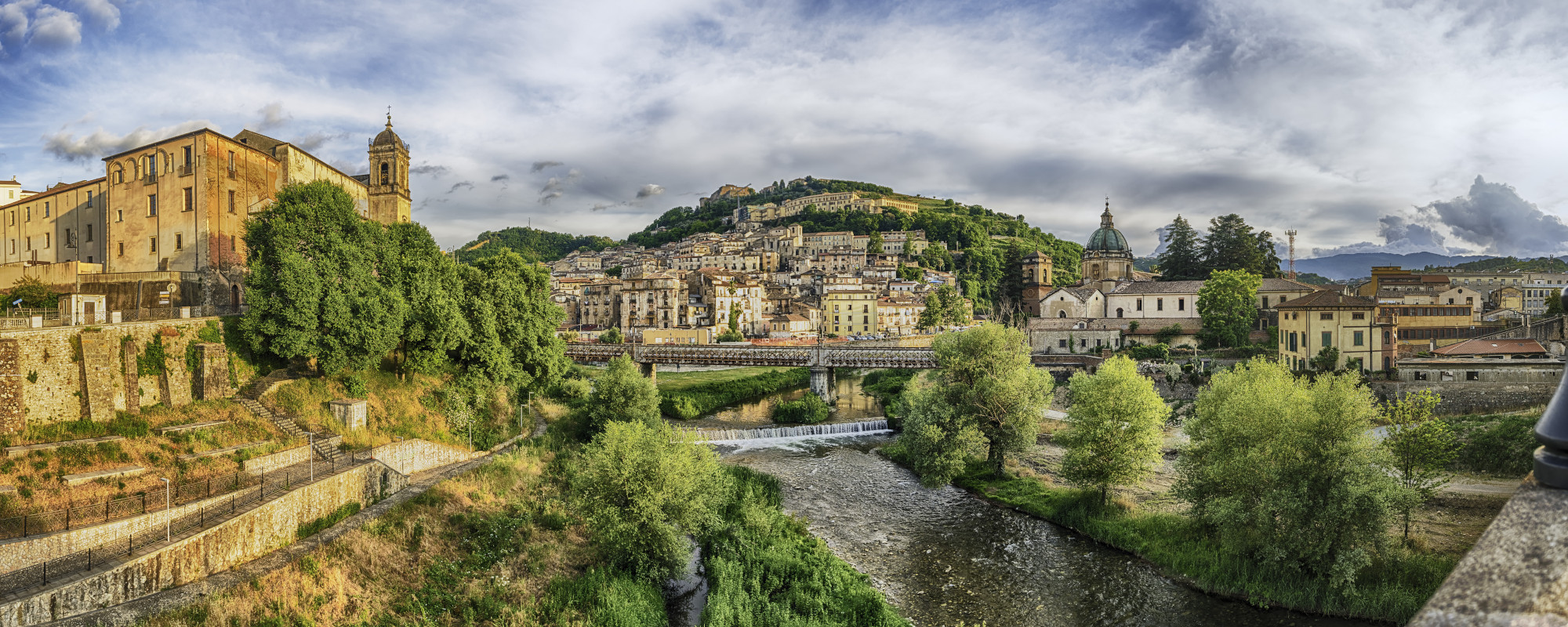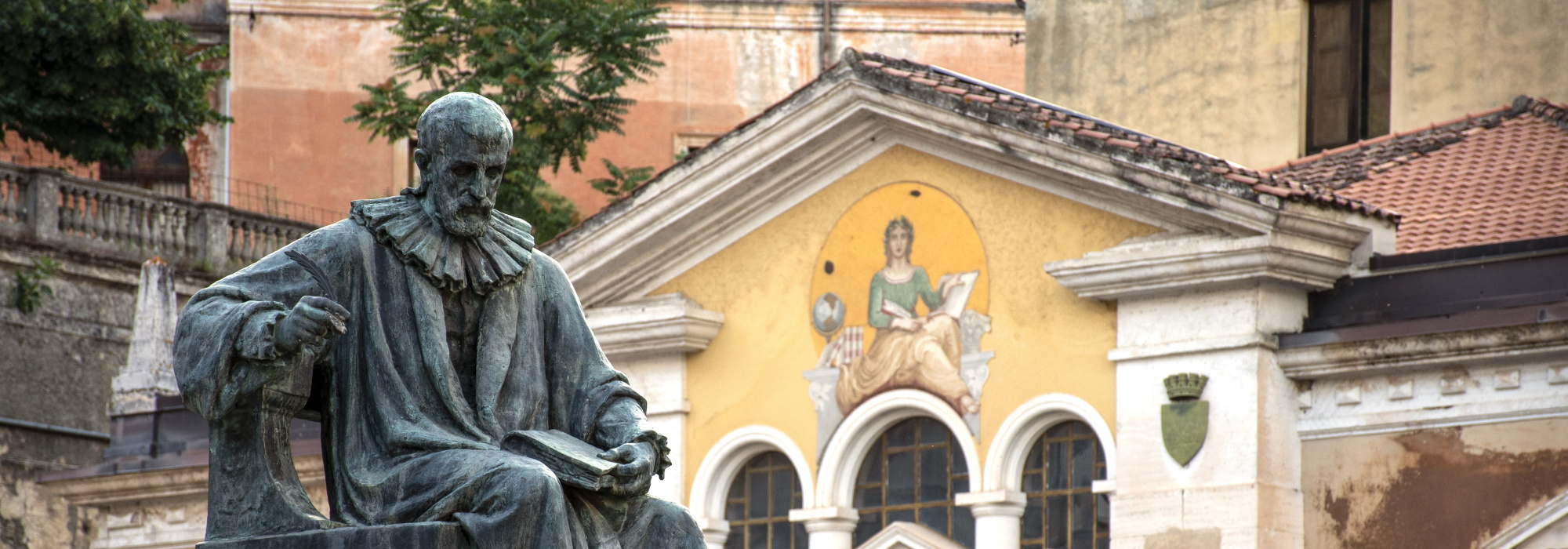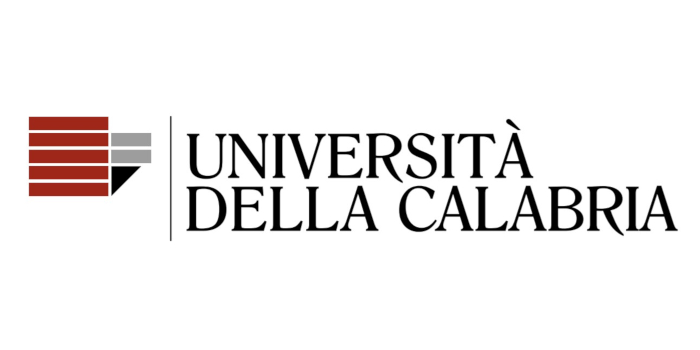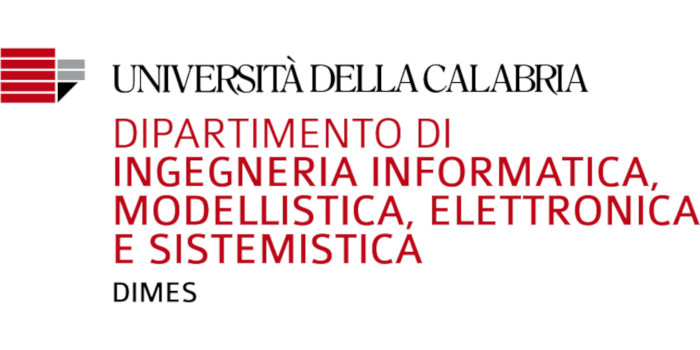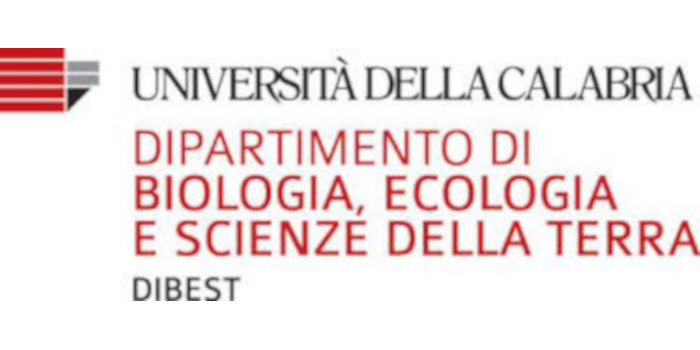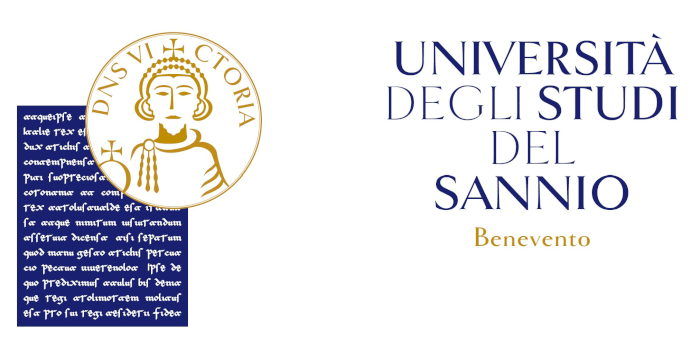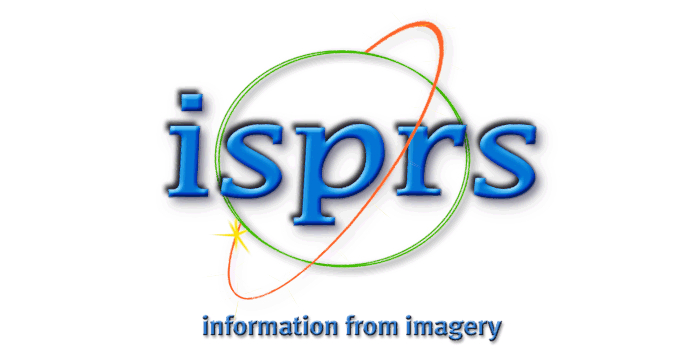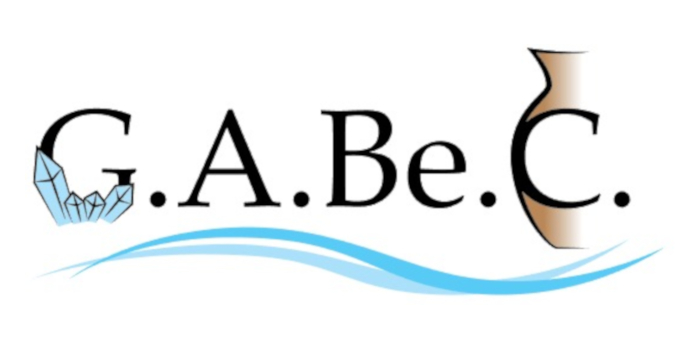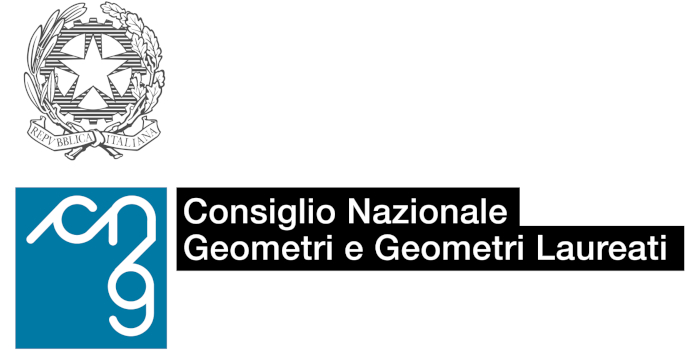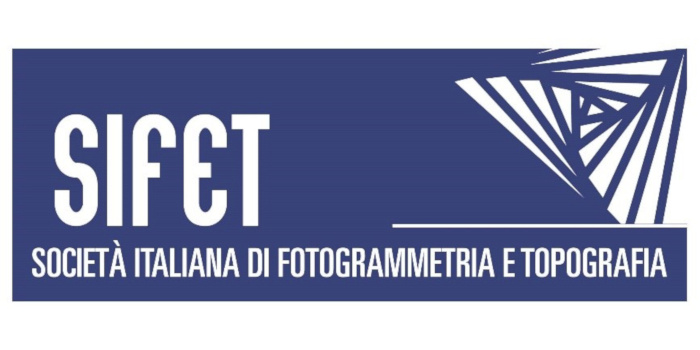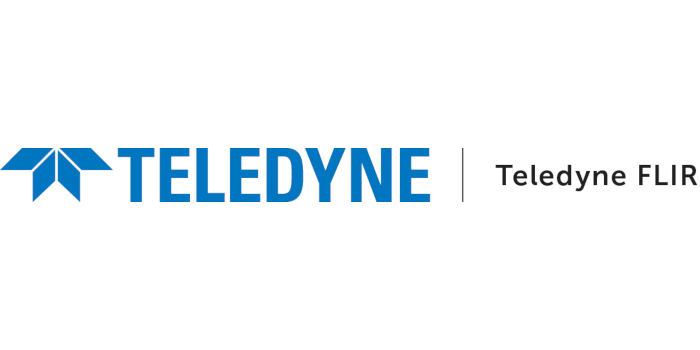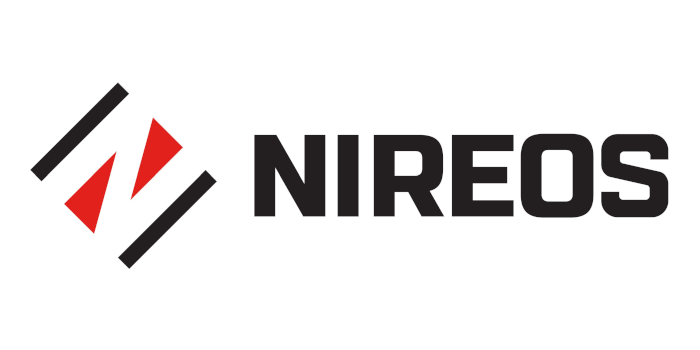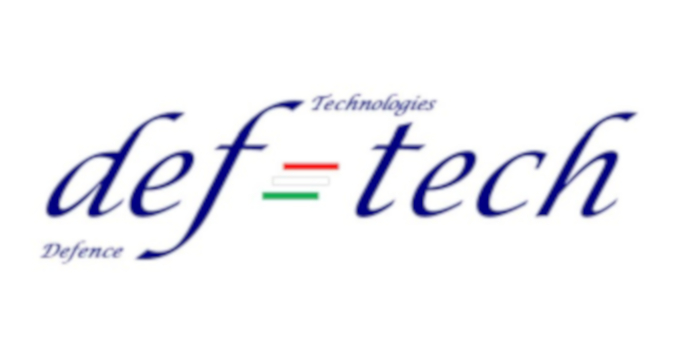ARCHAEOMETRIC CHARACTERIZATION OF PIGMENTS IN ART
ORGANIZED BY
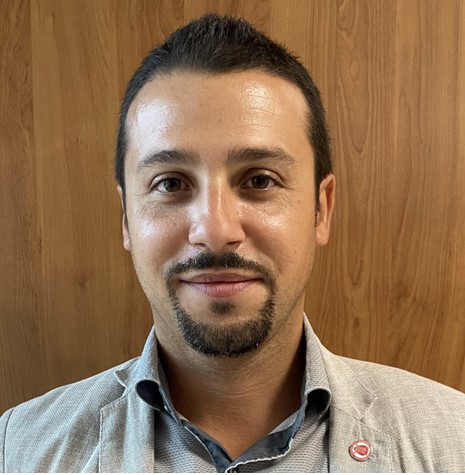
Francesco Caridi
Department of Mathematical and Computer Sciences, Physical Sciences and Earth Sciences (MIFT), University of Messina
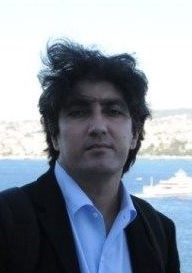
Sebastiano Ettore Spoto
Department of Mathematical and Computer Sciences, Physical Sciences and Earth Sciences (MIFT), University of Messina
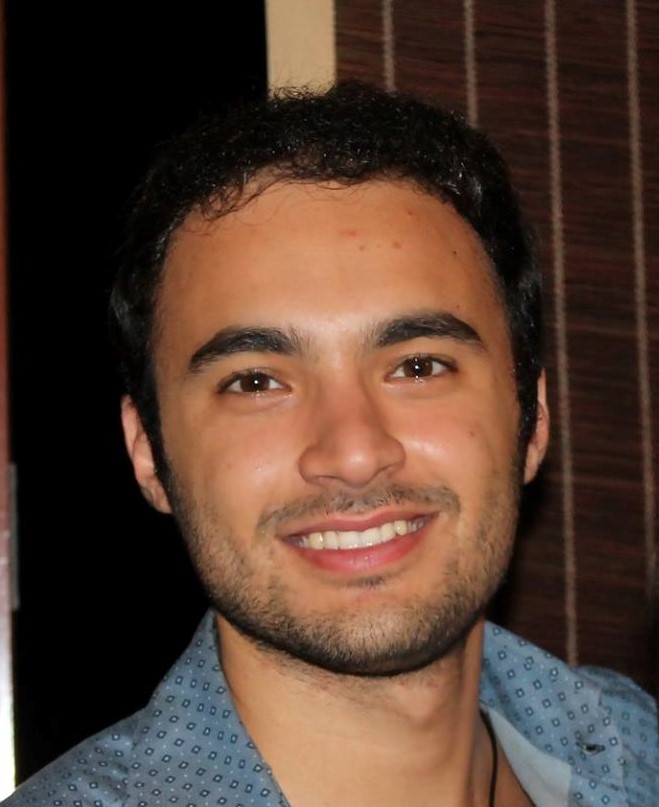
Giuseppe Paladini
Department of Mathematical and Computer Sciences, Physical Sciences and Earth Sciences (MIFT), University of Messina
ABSTRACT
The knowledge of the chemical and physical behavior of pigments and their modifications, alterations, and interactions is based on the results of studies and research conducted using the most common techniques performed through invasive or non-invasive analyses, applied in-situ or in a laboratory setting as, for instance, optical spectroscopy, colorimetry, X-ray diffractometry, fluorescence analysis, scanning electron microscopy (SEM), transmission electron microscopy (TEM), mass spectrometry-based techniques, but also through specifically developed innovative technologies.
In this Special Session, interdisciplinary studies focused on the chemical–mineralogical, morphological and physical characterization of natural and synthetic pigments embedded in historical, archaeological and artistic contexts, as well as the latest innovations in this field through the development of modern high-performance pigments, are welcomed.
TOPICS
Topics include, but are not limited to:
- In-situ characterization of pigments in historical, archaeological, and artistic sites.
- Pigments and archaeological issues (e.g., raw material supply, trade routes, etc.).
- Non-invasive and micro-invasive analytical strategies applied to the study of pigments.
- Physical–chemical degradation and biodeterioration of pigments.
- Provenance studies on mineral pigments.
- Conservation and restoration of pigmented materials.
- Definition and characterization of modern high-performance pigments.
- Environmental impact of pigments and their production processes.
ABOUT THE ORGANIZERS
Francesco Caridi, University of Messina - Degree in Physics, PhD - Researcher in the sector 02/D1- Applied Physics, Teaching and History of Physics. Co- author of 124 publications on ISI rated journals and more than 100 communications at international conferences. Citations 1077, H-index: 23. His research are carried out in the field of ionizing radiation, as well as human and environmental radiation protection, other than in the field of plasma physics, with applications to cultural heritage.
Sebastiano Ettore Spoto, University of Messina – Degree in Geological Sciences at the University of Catania and in Geophysical Sciences for Seismic Risk at the University of Messina. He is currently enrolled in the Ph.D. program in Physics at the University of Messina. His research activity is mainly focused on topics in archaeometry and diagnostic investigations on materials, as well as in environmental physics and geochemistry.
Giuseppe Paladini, University of Messina - Degree in Physics, PhD - Research Fellow in the sector 02/B1-Experimental Physics of Matter. His main research activity concerns the use of neutron and synchrotron radiation techniques, XRF, FT-IR and Raman spectroscopies applied to archeometry as well as for studying drug-carrier systems for their application in pharmaceutical field. During his Ph.D. course, he spent 6 months at the Wigner Research Centre for Physics (BNC) in Budapest (Hungary) where he carried out researches focused on the use of the Small Angle Neutron Scattering (SANS) technique for the investigation of nanoporous materials. His scientific activity is testified by publications on international peer-reviewed journals and proceedings of international conferences.
